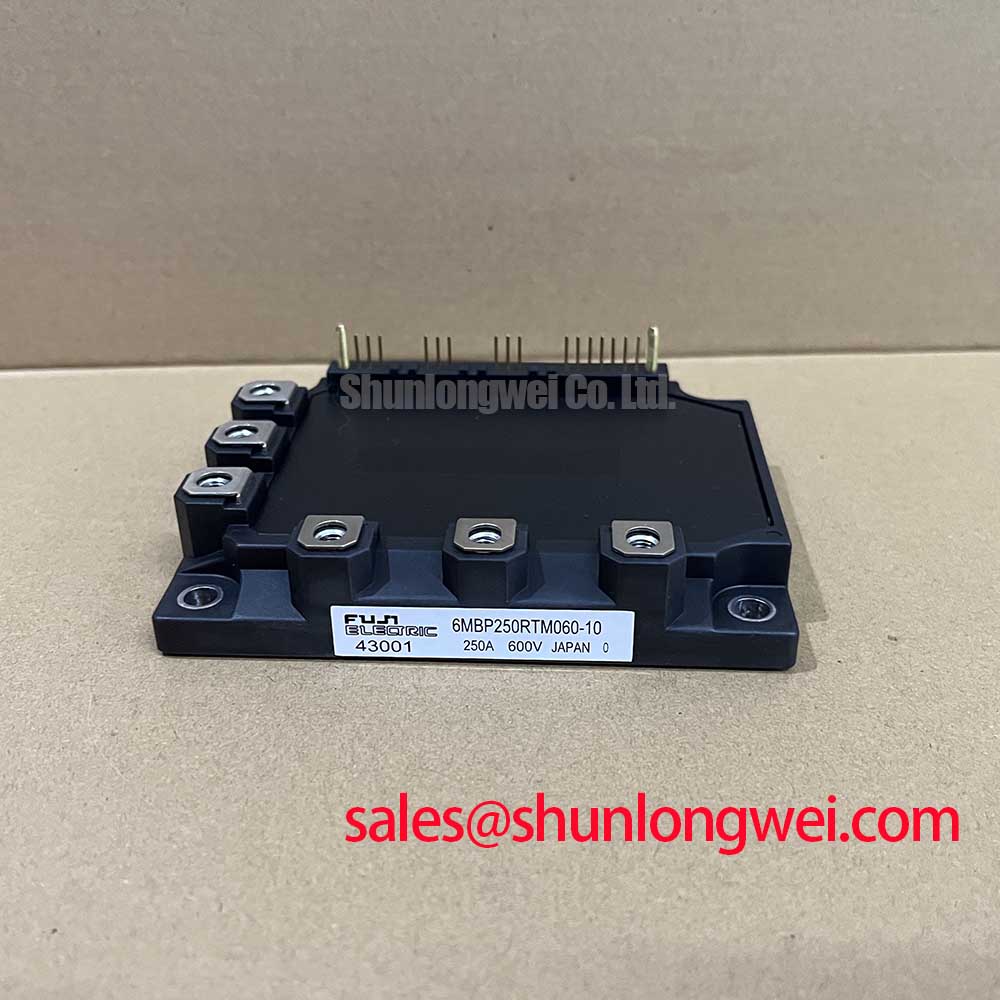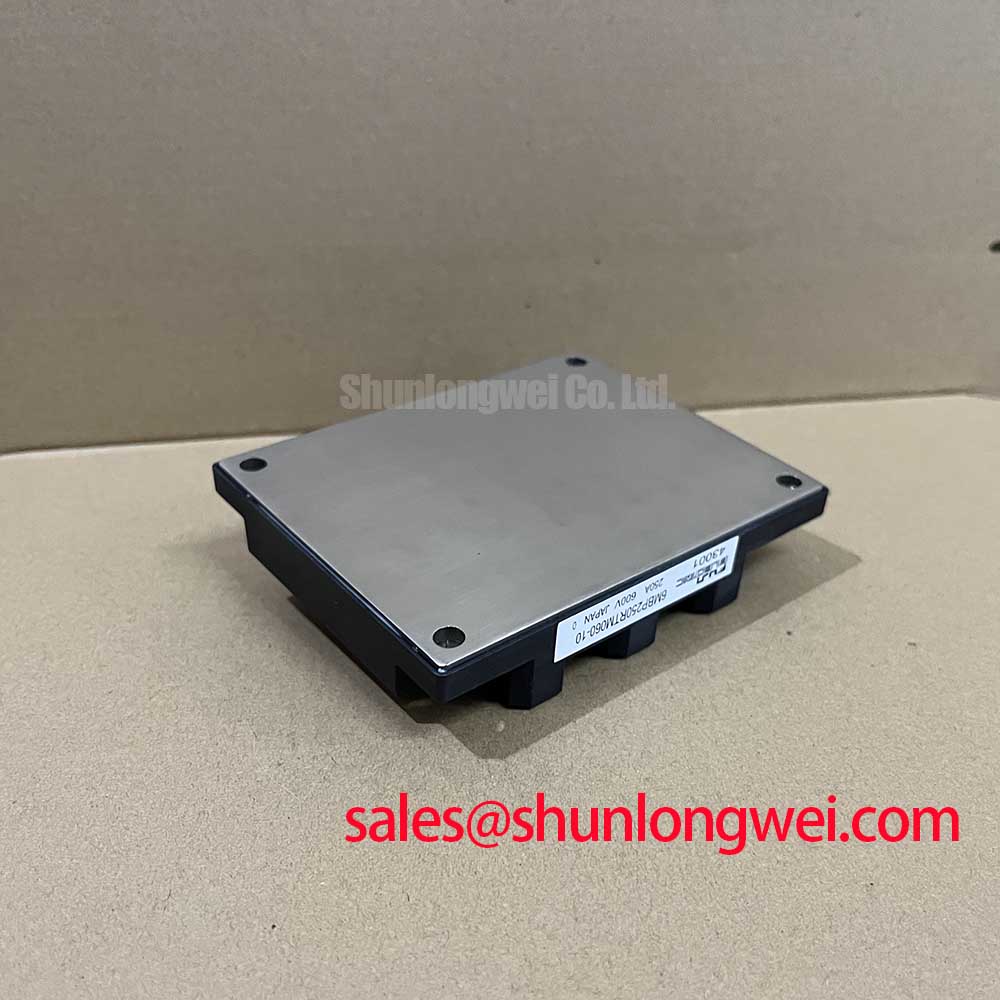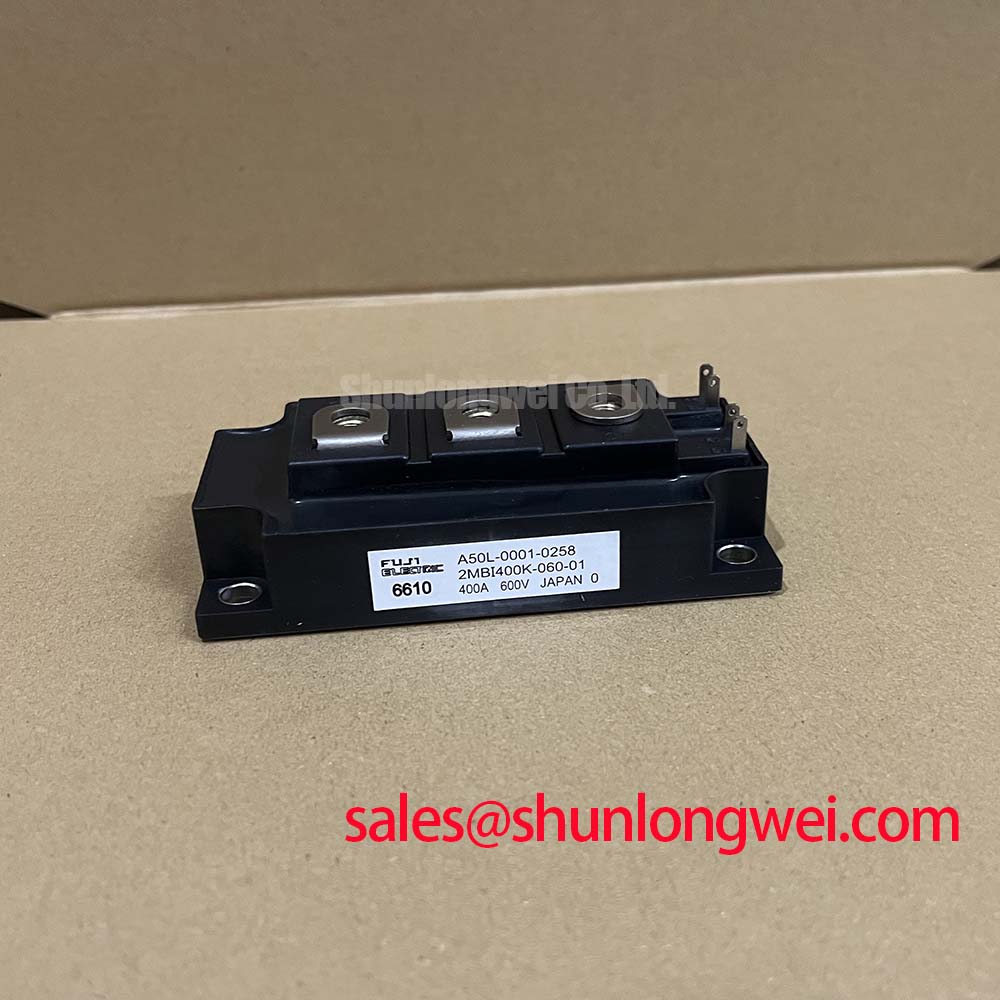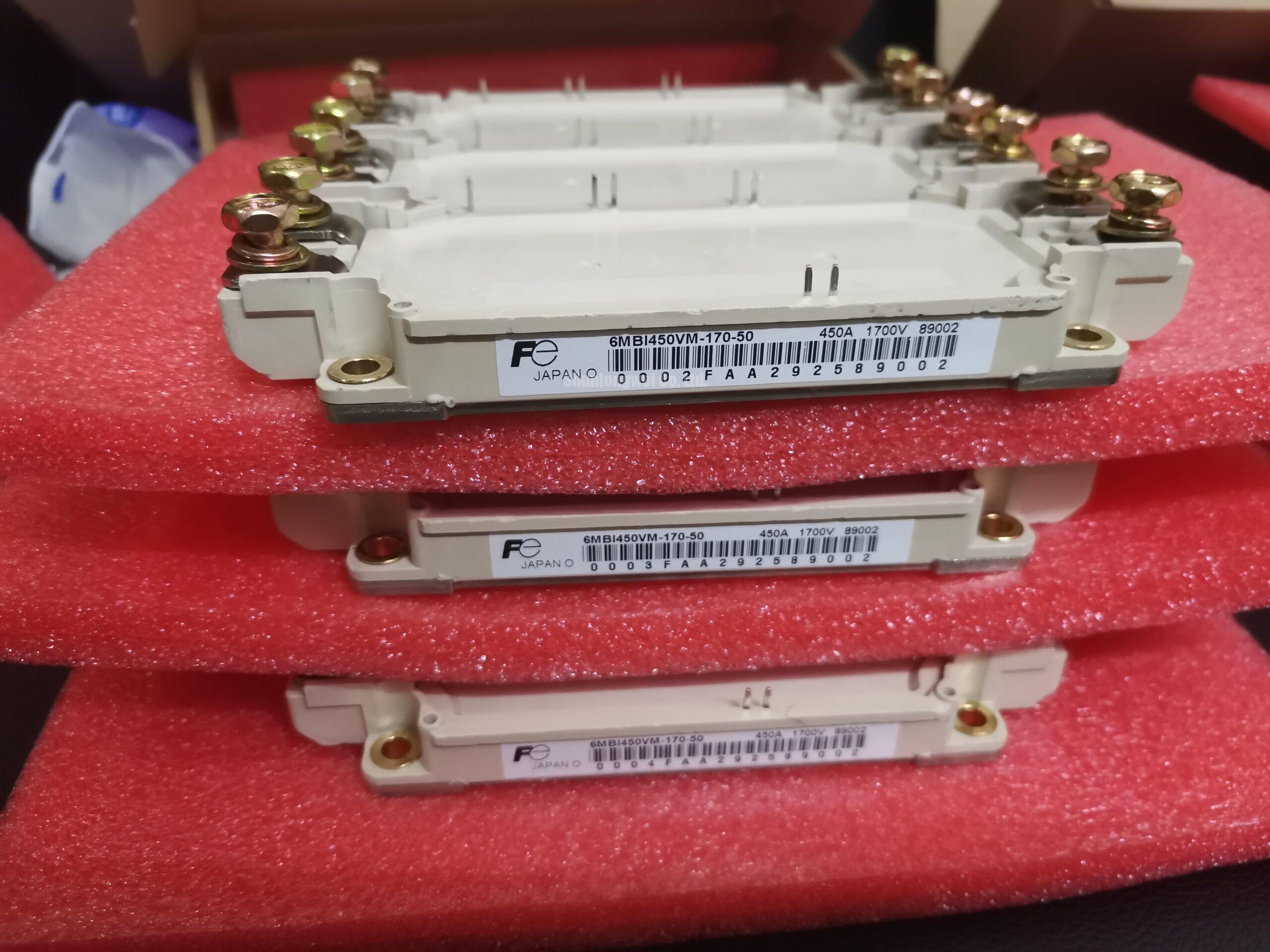Fuji Electric 6MBP250RTM060-10: An Engineer's Guide to this High-Current 600V IPM
The 6MBP250RTM060-10 is a high-power 6-pack Intelligent Power Module (IPM) from Fuji Electric, engineered to deliver robust performance and simplify the design of high-current motor drives and power conversion systems. It integrates six IGBTs with optimized gate drive and protection circuits into a single, thermally efficient package. This integration provides a streamlined solution for controlling three-phase loads, reducing component count, and enhancing overall system reliability. For engineers developing high-power industrial systems, the module's combination of high current capacity and integrated protection offers a significant advantage in both performance and design cycle time.
Application Scenarios & Value
System-Level Advantages in Demanding Industrial Motion Control
The 6MBP250RTM060-10 is engineered for high-power, three-phase motor control applications where reliability and thermal performance are critical. Its primary role is in AC induction motor drives, brushless DC motor controllers, and servo drives, which form the backbone of industrial automation. In a typical high-torque servo drive application, the ability to handle substantial current (250A) while maintaining stable thermal characteristics is paramount. The module's integrated protection features, such as Over-Current (OC) and Over-Temperature (OT) protection, are not just failsafes; they are essential for preventing catastrophic failure during unpredictable load conditions, like a motor stall or a sudden mechanical jam. This integrated safety net allows designers to push system performance limits with greater confidence, directly contributing to higher machine throughput and reduced downtime in factory automation and robotics.
This module provides a robust foundation for building powerful and reliable power stages. For applications requiring different voltage or current ratings, exploring related components can be beneficial. For instance, systems operating on a higher voltage bus might consider a device like the 6MBI450U-120, which offers a 1200V rating.
Key Parameter Overview
Specifications and Their Engineering Significance
The technical specifications of the 6MBP250RTM060-10 are tailored for high-power switching applications. The following table highlights key parameters and interprets their value from a design engineer's perspective.
| Parameter | Value | Engineering Significance |
|---|---|---|
| Collector-Emitter Voltage (VCES) | 600V | Provides a secure voltage margin for applications running on 200/240V AC lines, ensuring reliability against voltage spikes commonly found in industrial environments. |
| Collector Current (IC) | 250A (at TC=25°C) | This high current rating makes the module suitable for driving large motors up to several tens of kilowatts, a common requirement in heavy-duty conveyors, pumps, and industrial machinery. |
| Collector-Emitter Saturation Voltage (VCE(sat)) | 2.2V (Typical) | A lower VCE(sat) translates directly to lower conduction losses. Think of it as electrical friction; the lower this value, the less energy is wasted as heat when the switch is on, improving overall inverter efficiency. |
| Integrated Protections | Over-Current (OC), Short-Circuit (SC), Control Supply Under-Voltage (UV), Over-Temperature (OT) | This comprehensive suite of protections acts as an integrated 'supervisor' for the power stage. It simplifies the external protection circuitry, reduces PCB complexity, and critically, enhances the system's ability to survive fault conditions, improving long-term operational reliability. |
| Isolation Voltage (Viso) | 2500V (AC, 1 minute) | Guarantees robust electrical isolation between the power circuit and the control logic. This is a critical safety feature that protects low-voltage control electronics and operators from hazardous high voltages, essential for meeting industrial safety standards like UL and IEC. |
Frequently Asked Questions (FAQ) for the 6MBP250RTM060-10 IPM
What is the primary benefit of using an IPM like the 6MBP250RTM060-10 over a discrete IGBT and driver solution?
The primary benefit is system simplification and enhanced reliability. The IPM integrates power stages (IGBTs) with their dedicated gate drive circuits and a suite of protection features. This reduces component count, minimizes PCB layout complexity and associated parasitic inductance, and provides pre-optimized switching performance, which is often a challenge to achieve with discrete components.
How does the integrated Over-Temperature (OT) protection feature work and what is its impact on design?
The integrated OT protection monitors the module's internal temperature. If it exceeds a safe threshold, the IPM automatically sends a fault signal and can shut down the IGBTs to prevent thermal runaway and permanent damage. For a designer, this means less reliance on external thermistors and monitoring circuits, leading to a more compact and cost-effective thermal management solution while significantly improving system robustness.
Can the 6MBP250RTM060-10 be used for applications other than motor drives?
Yes. While optimized for three-phase motor control, its high current and voltage ratings make it a suitable candidate for other high-power applications, such as large-scale uninterruptible power supplies (UPS), industrial inverters, and welding power supplies that require robust, high-frequency switching capabilities in a three-phase bridge configuration.
An Engineer's Perspective on Sourcing
From an engineering and procurement standpoint, the 6MBP250RTM060-10 represents a strategic component choice for high-power inverter designs. Its high level of integration accelerates the development cycle by abstracting the complexity of gate drive design and protection implementation. This allows engineering teams to focus their resources on higher-level system control and application-specific features rather than on the intricacies of the power stage. When evaluating this module, it is crucial to consider the total cost of ownership; the initial component cost may be offset by savings in design time, PCB real estate, and the reduced need for external protection and drive circuitry. The inherent reliability of a factory-optimized and tested integrated solution often leads to lower field failure rates and service costs over the product's lifecycle.













